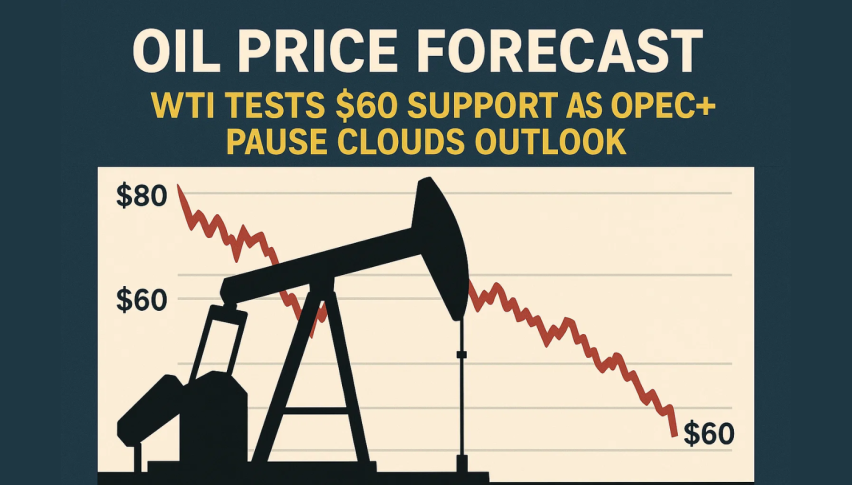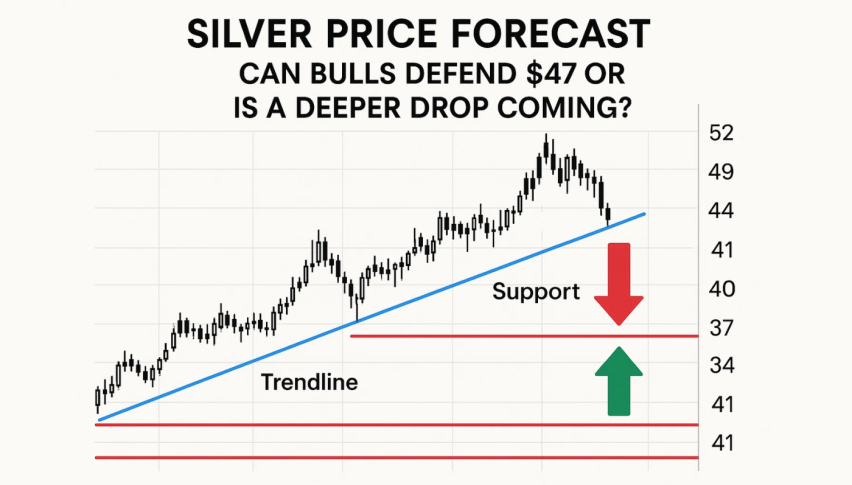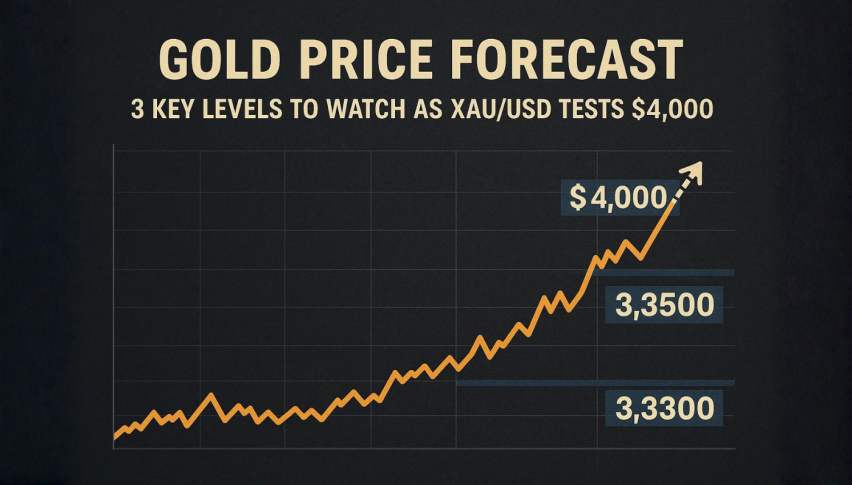WTI Crude Oil Slides 4.8%—Can OPEC+ and U.S. Policy Shift Reverse the Trend?
Oil markets are reeling from a sharp downturn, with WTI crude oil down 4.8% for the week—marking its biggest weekly decline since October.

Oil markets are reeling from a sharp downturn, with WTI crude oil down 4.8% for the week—marking its biggest weekly decline since October.

Similarly, Brent crude fell 4.9%, dragged lower by trade policy uncertainty in the U.S. and increasing supply from OPEC+.
The volatility stems from President Trump’s shifting tariff stance, which has kept financial markets on edge. While the White House suspended 25% tariffs on most Canadian and Mexican goods until April 2, steel and aluminum imports will still face higher duties. The uncertainty surrounding these policies has led to hesitant business investments, further dimming demand prospects for oil.
Fitch’s BMI Research noted that the risks to oil prices remain skewed to the downside, citing OPEC+ production hikes and growing non-OPEC supply as key bearish factors. On Monday, OPEC+ confirmed a planned April production increase, adding 138,000 barrels per day (bpd), reinforcing concerns of oversupply.
Iran Sanctions in Focus—Can U.S. Export Curbs Lift Oil Prices?
While OPEC+ is ramping up production, the U.S. government is weighing new sanctions against Iran’s oil exports. Treasury Secretary Scott Bessent recently announced a crackdown aimed at shutting down Iran’s oil sector as part of its “maximum pressure” campaign. This follows reports that Trump is considering at-sea inspections of Iranian oil tankers, signaling a renewed push to reduce Tehran’s crude exports to zero.
Despite these geopolitical tensions, oil markets have yet to react with significant price support. Traders remain cautious as the U.S. Energy Information Administration (EIA) reported an unexpected crude inventory build earlier this week, further pressuring oil prices.
Key factors driving the oil price decline:
-
OPEC+ Output Surge: April’s planned 138,000 bpd production hike is fueling supply concerns.
-
Trade Policy Uncertainty: Tariff exemptions are temporary, leaving businesses hesitant to make investment decisions.
-
U.S. Crude Inventory Build: Higher-than-expected stockpiles are weighing on prices.
-
Iran Sanctions Debate: Potential U.S. action against Iranian exports is a wildcard for price recovery.
WTI Crude Oil Price Forecast—Key Technical Levels to Watch
WTI crude oil (USOIL) remains under bearish pressure, trading at $66.39, reflecting a slight 0.06% increase but staying within a descending channel.

-
Immediate resistance is at $67.42, with a key level at $68.69 acting as an upside barrier.
-
The 50-day EMA at $68.34 reinforces the bearish outlook, making it a critical resistance to watch.
-
Support sits at $66.10, with further downside targets at $65.22 and $64.32 if selling pressure intensifies.
-
A break below $64.32 could accelerate losses toward $63.44, extending the bearish trend.
If WTI manages to reclaim $67.42, short-term bullish momentum could take the price toward $68.69. However, sustained upside movement would require a breakout above the 50-day EMA, signaling a potential trend reversal.
Market Outlook—Bearish Bias with Volatility Ahead
The outlook for oil remains bearish in the short term, with tariff-related demand risks and oversupply concerns dominating sentiment. However, geopolitical developments in Iran and further U.S. policy shifts could introduce volatility.
- Check out our free forex signals
- Follow the top economic events on FX Leaders economic calendar
- Trade better, discover more Forex Trading Strategies
- Open a FREE Trading Account


